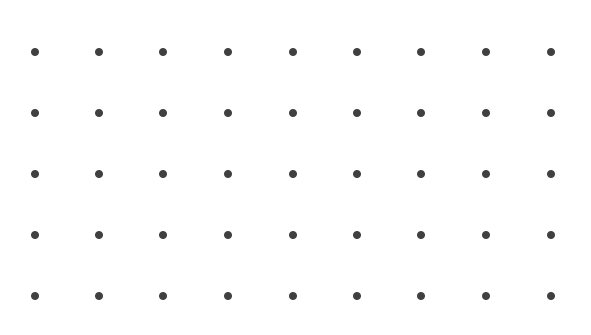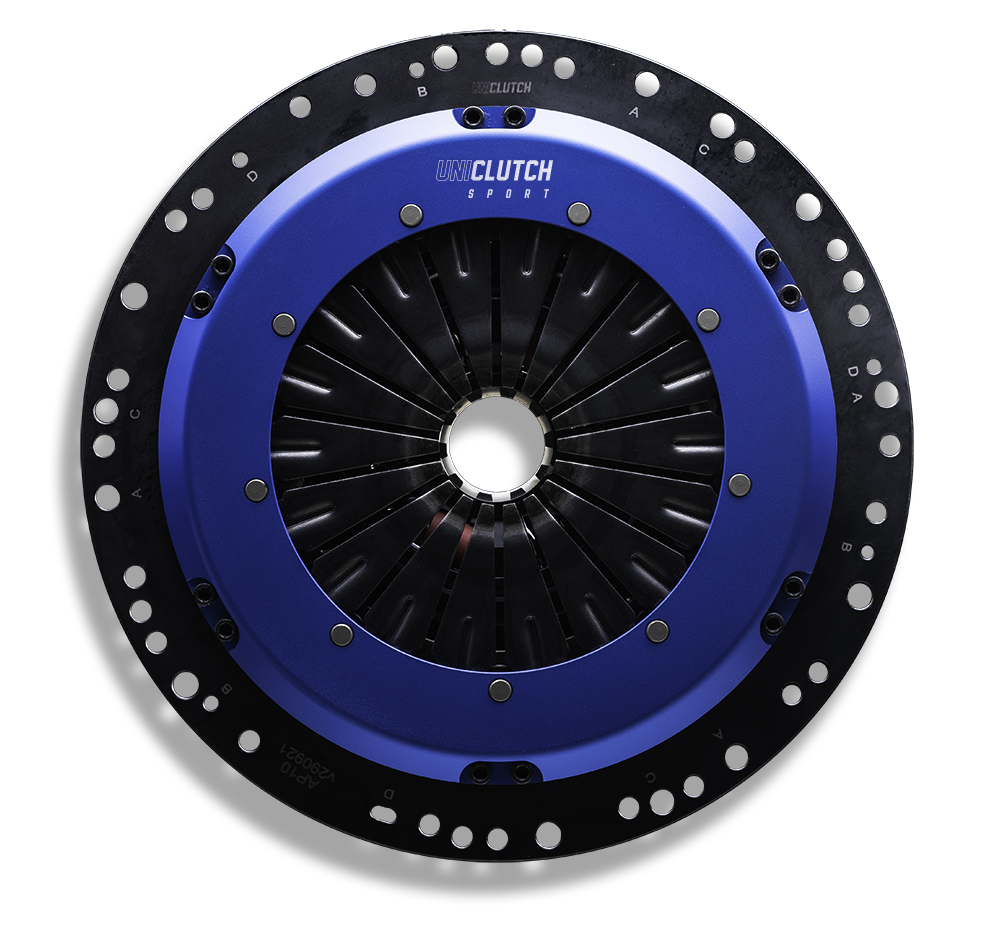

INSTALLATION
To find out how UniClutch is installed, please see below for general instructions.
Before installing, you will need to download your Vehicle Specific Installation instructions.
See below for a step-by-step of how to find it.
You will need:



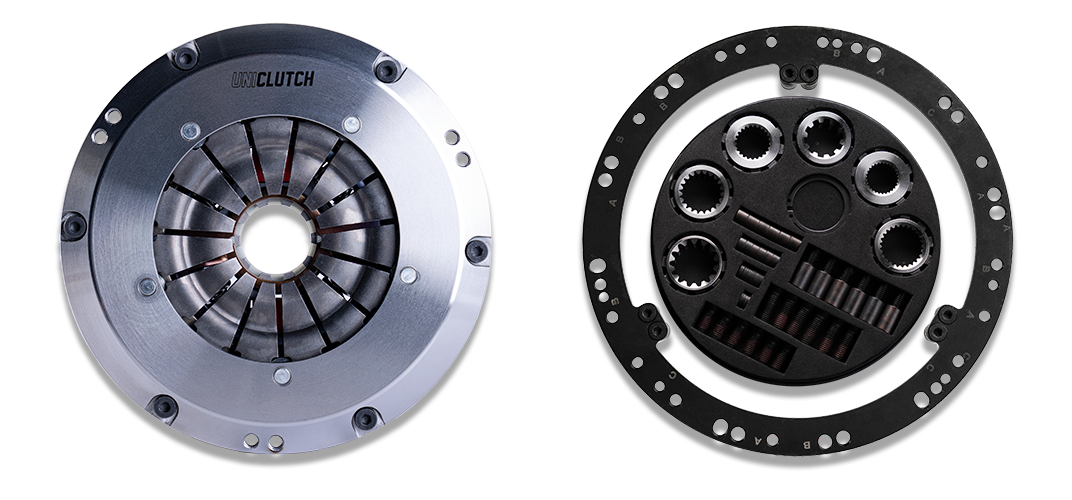
UniClutch
Fitment Kit



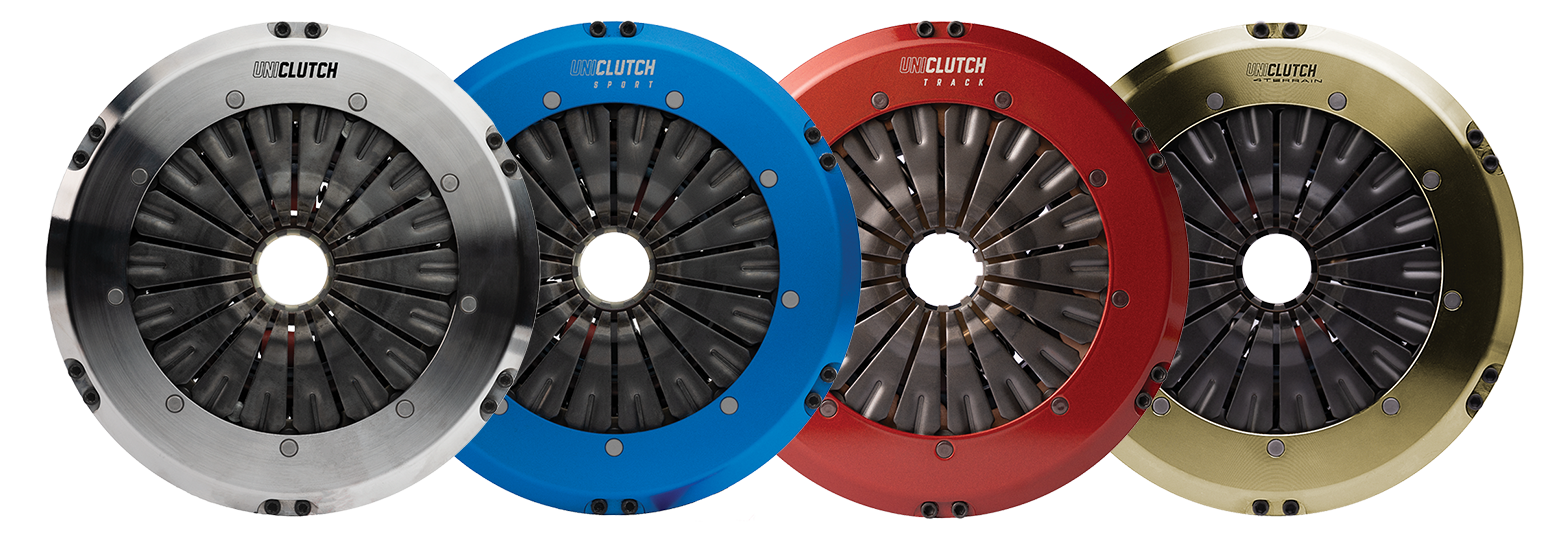

Torque Capacity
up to 900 Nm / 650 Ft Lb

Torque Capacity
up to 1100 Nm / 800 Ft Lb

Torque Capacity
up to 2000 Nm / 1450 Ft Lb

Torque Capacity
up to 2000 Nm / 1450 Ft Lb
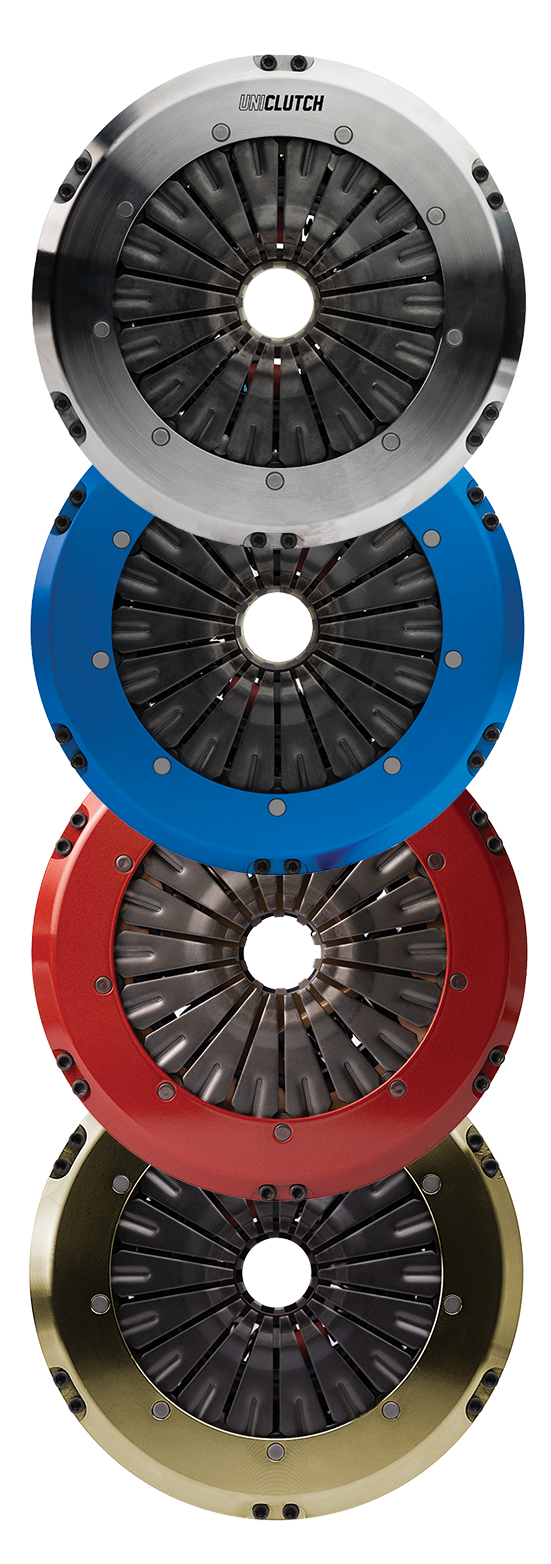

Torque Capacity
up to 900 Nm / 650 Ft Lb

Torque Capacity
up to 1100 Nm / 800 Ft Lb

Torque Capacity
up to 2000 Nm / 1450 Ft Lb

Torque Capacity
up to 2000 Nm /1450 Ft Lb
STEPS TO FIND YOUR VEHICLE SPECIFIC GUIDE
BELOW WE EXPLAIN THE SIMPLE STEPS TO GENERATE YOUR PERSONALISED UNICLUTCH INSTALLATION GUIDE INCLUDING THE EXPECTED PEDAL FEEL & TORQUE GAINS OF YOUR CHOSEN SETUP.
1. Start by finding your vehicle

2. Select the UniClutch you want
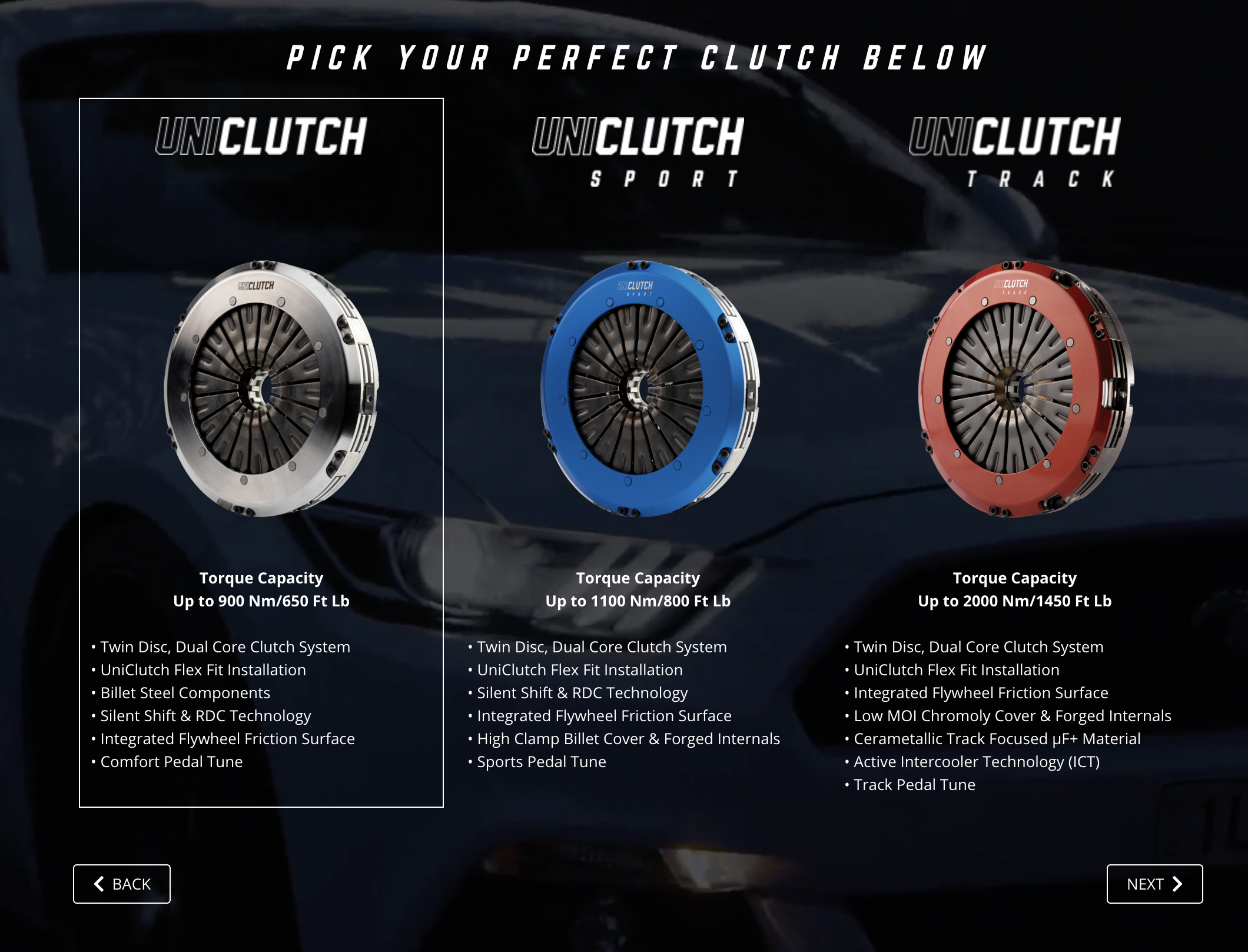
3. Select the Flywheel to mount to
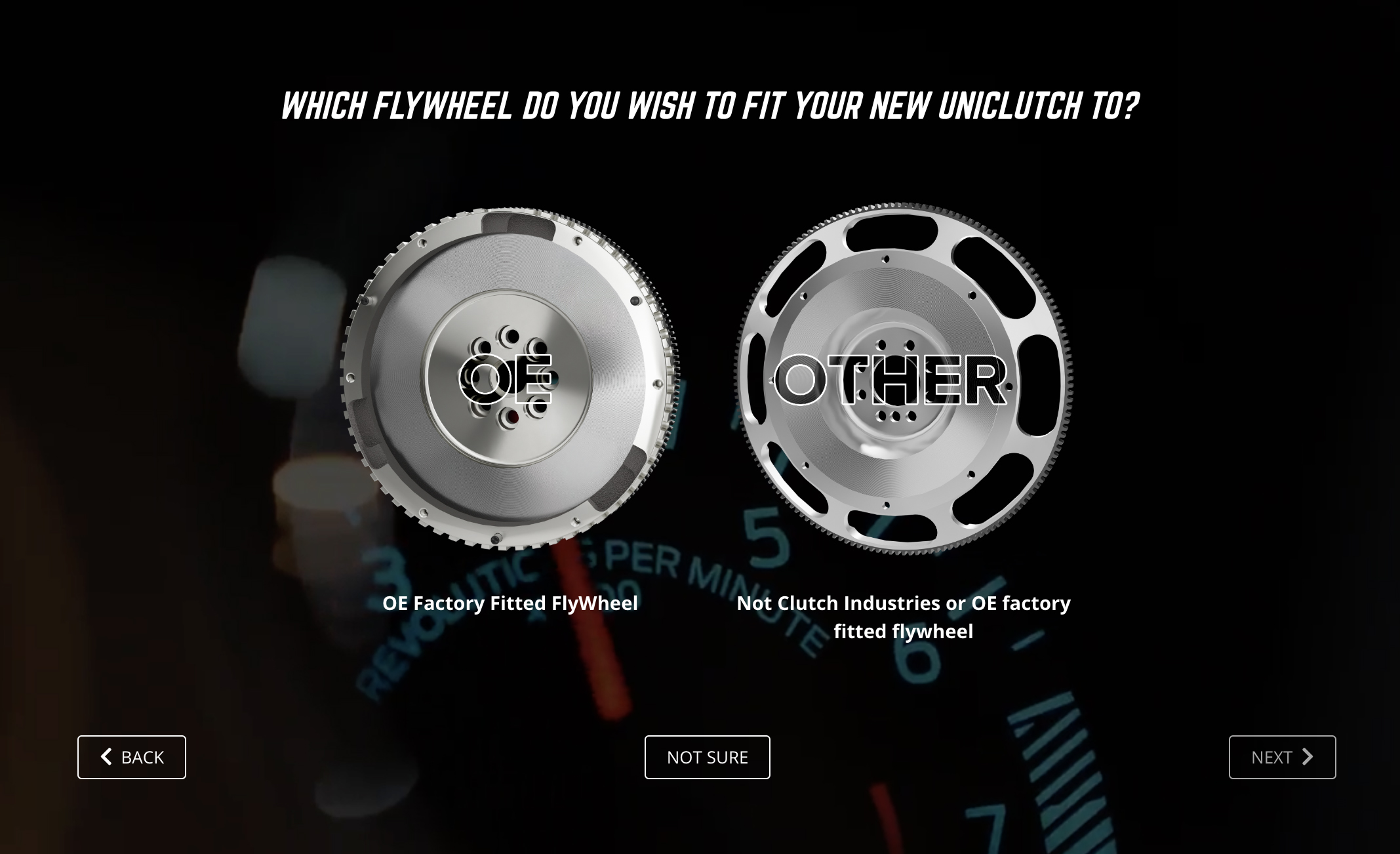
4. Download the Installation Guide
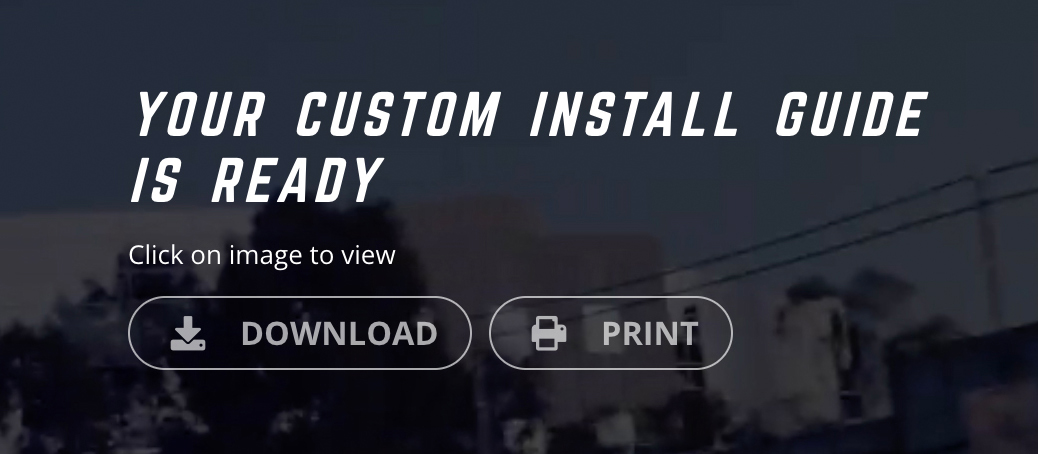
BELOW ARE GENERIC INSTALLATION STEPS, PLEASE FOLLOW THE ABOVE STEPS TO DOWNLOAD YOUR VEHICLE SPECIFIC INSTALLATION GUIDE.
INSTALLATION STEPS
Preparation
Preparation & Handling
Checklist
- Is the hydraulic system properly functioning?
- When the old clutch is being removed are there oil leaks and any signs of red dust?
- Are cracks on the clutch release fork or excessive pivot ball wear?
- Are there any stretch signs on the clutch cable?
- Any wearing on release bearing guide tube?
- Anything wrong with the spigot bearing or the pilot brush?
- Any shipping damage on the clutch?
WHEN FITTING THE CLUTCH, MIND THE SHAFT SPLINES, CLUTCH DISK AND BELL HOUSING:
- Clean the gearbox main drive shaft splines and ensure that the clutch disc slides freely on the shaft.
- Clean the bell housing: degrease, dust off and remove worn clutch fibres.
- LIGHTLY grease the shaft splines with high temperature grease. Using too much grease may contaminate the clutch plate/disc.
DRIVELINE MISALIGNMENT
THE MOST COMMON CAUSES OF MISALIGNMENT ARE:
- Missing or damaged dowel pins allowing the transmission to be bolted off centre.
- Mislocated front bearing retainer.
- Foreign matter between the engine block and the transmission mounting faces.
- Missing or worn pilot bearing.
- Broken block flange.
WHAT ARE THE SYMPTOMS OF MISALIGNMENT?
- Pedal graunch with the engine running.
- Deterioration of the clutch until non-release occurs.
- Failed drive plate.
- Red dust covering clutch and/or groove worn in the diaphragm by the release bearing.
HOW DO I PREVENT MISALIGNMENT?
Whenever you are replacing a clutch, inspect the old components. If misalignment is present you will need to find the cause.
- Inspect all dowels and dowel holes for condition.
- Inspect release bearing guide and replace if necessary.
- Clean all mating surfaces.
- Inspect block flange for damage.
REMEMBER:
IF MISALIGNMENT IS PRESENT, FITTING A NEW CLUTCH KIT WILL NOT FIX THE CAUSE OF THE PROBLEM AND THE MISLIGNMENT WILL QUICKLY DESTROY THE NEW UNICLUTCH.
HOW TO CHECK FOR ENGINE/TRANMISSION MISALIGNMENT
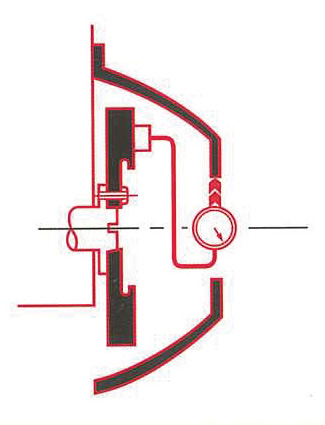
STEP 1
Mount indicator to flywheel and determine concentricity of bell housing bore to centre line of crank rotation, SPECIFICATION: 0.015mm max, T.I.R.
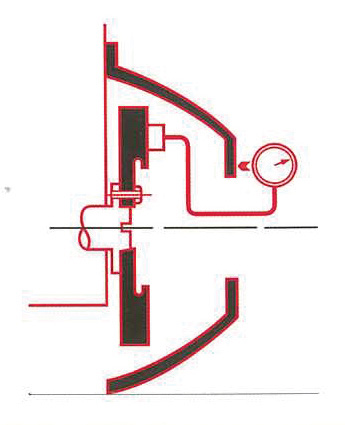
STEP 2
With indicator still mounted to flywheel ensure rear surface of housing is square. SPECIFICATION: 0.15mm max, T.I.R.
BEDDING IN PROCEDURE
This product is a specially engineered Clutch designed to offer an increase in torque capacity while still maintaining a level of drivability often not associated with products of this type. As a result you must ensure that the product is appropiately "broken-in" before heavy or spirited driving. The breaking-in process allows the friction surfaces to mate with each other in order to create full contact and allows the clutch to operate at its intended performance. During the initial bedding in phase, the co-efficient of friction of the clutch discs will drop, and then slowly increase over time to a stable level.
Failure to appropriately break-in clutch may result in glazing or crumbling of the friction surfaces resulting in shudder, slippage and noise during operation and not allow the clutch to transmit the torque to its maximum ability.
To correctly break-in your new UniClutch we recommend operation the vehicle in normal driving conditions such as regular city driving. The clutch must be actuated regularly at low RPM such as take-off and normal shifting for at least the first 500kms. During breakin if the vehicle RPM increases at a rate not proportionate with the normal rotation of the wheels you must back off the throttle to ensure you do not not generate excessive heat. Excessive heat will prevent UniClutch from reaching its full potential.
Failure to appropriately break-in clutch may result in glazing or crumbling of the friction surfaces resulting in shudder, slippage and noise during operation and not allow the clutch to transmit the torque to its maximum ability.
To correctly break-in your new UniClutch we recommend operation the vehicle in normal driving conditions such as regular city driving. The clutch must be actuated regularly at low RPM such as take-off and normal shifting for at least the first 500kms. During breakin if the vehicle RPM increases at a rate not proportionate with the normal rotation of the wheels you must back off the throttle to ensure you do not not generate excessive heat. Excessive heat will prevent UniClutch from reaching its full potential.
Warning:
Failure to comply with the bedding in procedure will void the warranty of your UniClutch.
REGISTER YOUR UNICLUTCH
CHECK IN TO YOUR NEW UNICLUTCH
Each UniClutch is 100% tested and marked with a unique QR code. Scan code on the base of the clutch to see the specifications of your unit, including manufacturing date.
Installation
1. INSTALL SPLINE
A. CHOOSE AND TEST
Choose the correct spline for your vehicle. Test fit spline onto input shaft.

B. INSERT
Insert spline into UniClutch
C. Lock in Position
Insert circlip into clutch disc. Make sure circlip has fully expanded in clutch disc and is holding the spline securely before proceeding.
2. ASSEMBLE UNICLUTCH & FLYWHEEL MOUNT
A. SPACERS
Install spacers in correct order. The spacers required for your application will be found in the vehicle specific installation guide.

B. BOLTS
You must add Loctite® 243™ to the countersunk flywheel mount bolts.

C. TIGHTEN BOLTS
Then install supplied countersunk bolts to secure flywheel mount to UniClutch, torque to 22 Ft lbs / 30 Nm.
BOLTS ARE TORQUE TO YIELD, ONE USE ONLY. If you need another bolt kit, please contact us.
3. BOLT TO FLYWHEEL
A. LOCATE
Locate the correct dowel holes for your vehicle. Download your Vehicle Specific Install Guide to get this.

B. FLYWHEEL
Match Flywheel Mount Dowel holes to vehicle flywheel dowels.

C. SECURE TO FLYWHEEL
Secure UniClutch to flywheel using existing clutch cover bolts and torque to OEM spec.

4. FINAL ASSEMBLY
PLEASE NOTE
Whilst changing your clutch, you may wish to replace other worn items.
A. FLYWHEEL
Whilst UniClutch doesn't use the flywheel as a friction surface, you may wish to change your flywheel if it is damaged or out of balance.
B. BEARINGS
Replace any worn out bearings.
CI Release Bearing (Not provided)
CI Spigot Bearing/Bush (Not provided)
CI Release Bearing (Not provided)
CI Spigot Bearing/Bush (Not provided)
Replace any worn out bearings.
RELEASE BEARING/CSC

Use OEM style
Use OEM style
SPIGOT BEARING/BUSH

Use OEM style
Use OEM style
Unless stated in the Fitment Kit Notes above, UniClutch suits OEM service parts.
The above Release Bearing or CSC and Spigot Bearing or Bush are references from Clutch Industries Australia. Equivalent OEM spec parts may be used.
C. TRANSMISSION INPUT SHAFT
Ensure Transmission Input Shaft is clean and lubricated lightly using the grease included with your new UniClutch.
D. VEHICLE SPECIFIC TROUBLESHOOTING
Check if any vehicle specific troubleshooting notes apply. For example; concentric slave cylinder bleeding procedures, etc.
TROUBLESHOOTING
DIFFICULTY CHANGING GEARS
DIFFICULTY CHANGING GEARS
Cause
- The transmission was forced into position damaging the splines of the disc hub.
Repair
- Install new clutch and carefully control the position and alignment during installation.
- Use a transmission jack and possibly install temporary guide pins to assist in aligning the transmission to the engine.
Cause
- Faulty linkage or hydraulics.
- Damaged fork.
Repair
- Replace faulty component.
Cause
- Incorrect spline selected for vehicle.
Repair
- Reinstall correct spline for vehicle.
Cause
- Incorrect height set (finger height too high/too low).
Repair
- Reassemble spacers to achieve correct height.
Cause
- Release Bearing or Concentric Slave Cylinder fitted to vehicle not compatible with UniClutch.
Action
- Contact UniClutch technical support.
Cause
- Clutch is unable to rotate due to interference with clutch fork, bell housing, etc.
Action
- Contact UniClutch technical support.
Cause
- Incorrect release travel. The clutch operating system is badly adjusted, defective or outside the operating range of the UniClutch.
Repair
- Adjust the clutch operating system (pedal height, self adjusting system, clutch linkage..) check the pre-load on the release bearing.
Action
- Contact UniClutch technical support.
NOISE
NOISE WHEN BEARING CONTACTED
Cause
- Seal torn.
- Overheating during slippage.
- Leakage of the grease.
- Incorrect free travel adjustment.
Repair
- Check diaphragm for damage.
RATTLE/RELEASE ISSUE
Cause
- Retaining clip not correctly installed on fork.
Repair
- Install new bearing ensuring bearing is secure to the fork.
NOISE WHEN IN NEUTRAL
Cause
- Lack of care during installation, splines have been damaged by the gear box main shaft.
Repair
- Repair the main shaft.
- Replace the clutch disc.
CAUTION
- Make sure that the splines properly match up.
- Lubricate with a proper quantity of grease.
OTHER TROUBLESHOOTING
TOO MUCH GREASE
Cause
- Excess of lubrication grease on the nose of the release bearing.
Repair
- Clean the release bearing.
- Apply the correct quantity of lubricant.
DIFFICULTY SHIFTING
Cause
- Incorrect release bearing travel.
- The clutch operating system is badly adjusted or defective.
- The level of pre-load on the release bearing is incorrect.
Repair
- Adjust the clutch operating system (pedal height, self adjusting system, clutch linkage..) check the pre-load on the release bearing.
CLUTCH PEDAL BINDING
Cause
- The fork is out of shape.
- The release bearing guide tube is worn or the release arm/fork is bent/worn.
Repair
- Replace by a genuine release fork.
- Install new clutch and guide system components and repair or replace as needed.
THE CONTACT POINT OF THE FORK IS WORN OUT, THE FORK IS OFF-CENTERED.
Cause
- The fork is out of shape.
Repair
- Replace by a genuine release fork.
OTHER
SPARE PARTS
Contact UniClutch Technical Support for any assistance with your installation, including Spare Parts.
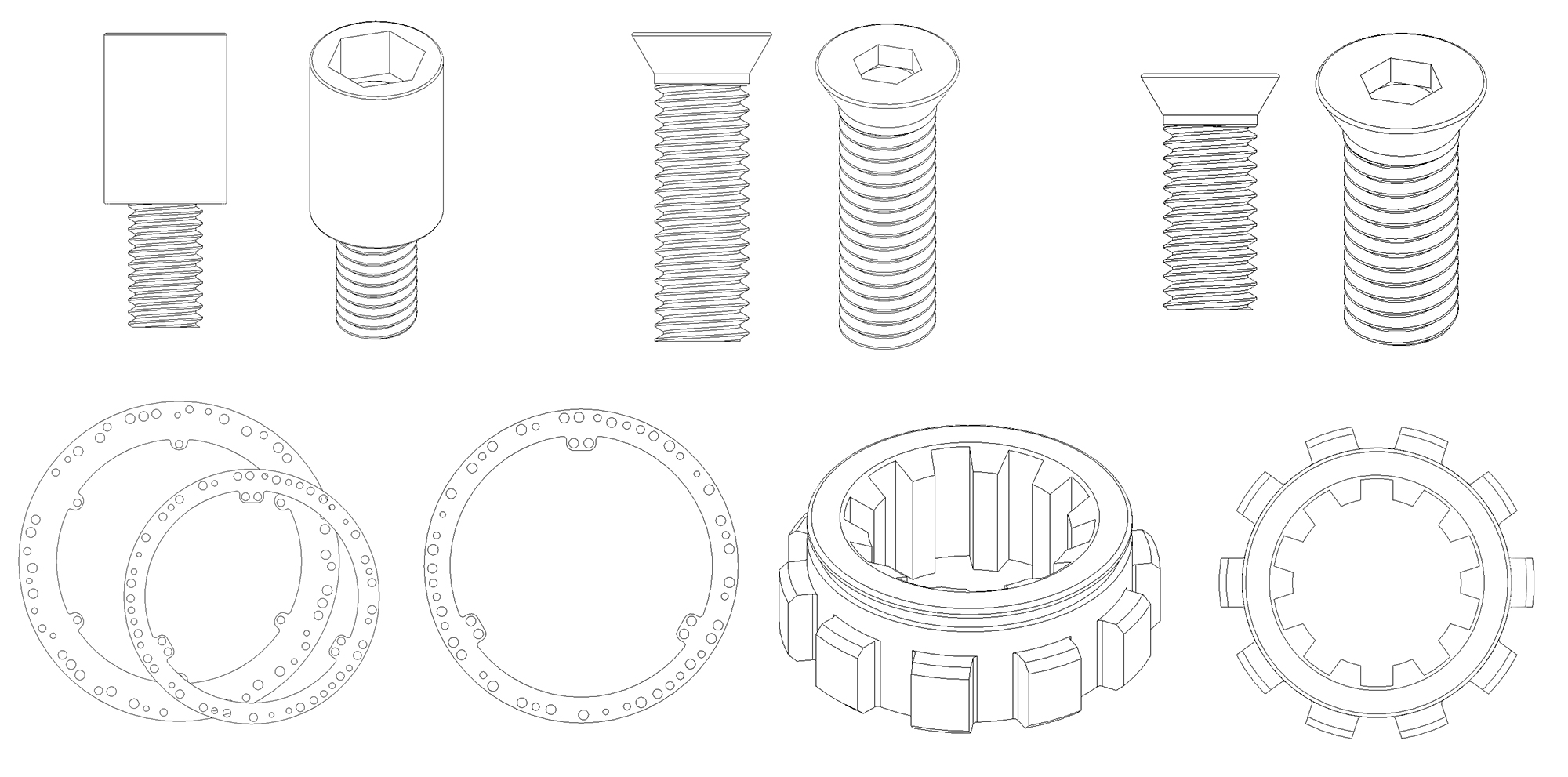
TECH SUPPORT
LEGAL
GUARANTEE
Our goods come with guarantees that cannot be excluded under the Australian Consumer Law. You are entitled to a replacement foreseeable loss or damage. You are also entitled to have the goods repaired or replaced if the goods fail to be of acceptable quality and the failure does not amount to major failure.
WARNING:
DO NOT USE ANY CI PRODUCT IN VEHICLES WHICH HAVE BEEN MODIFIED TO EXCEED THE MAXIMUM ENGINE RPM(S) BEYOND THAT WHICH WAS SPECIFIED BY THE ORIGINAL VEHICLE MANUFACTURER WITHOUT FIRST INSTALLING APPROPRIATE SAFETY EQUIPMENT, INCLUDING BUT NOT LIMITED TO TRANSMISSION GUARDS, AS SUCH USE MAY CAUSE THE PRODUCT TO EXPLODE UNEXPECTEDLY CAUSING SERIOUS INJURY AND OR/DEATH.
WARRANTY
STILL HAVING DIFFICULTY?
If you are still having difficulty with installation and use of your UniClutch, or are unsatisfied with your experience, please contact our technical support team [email protected]
WISH TO RETURN YOUR PRODUCT?
If you wish to submit a warranty claim, please contact your place of purchase. Warranty Terms & Conditions can be found at www.uniclutch.com/warrantypolicy
CARING FOR THE ENVIRONMENT
Dispose old or unused parts and packaging in a responsible manner. UniClutch packaging is recyclable.

